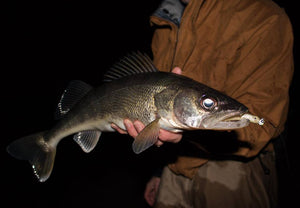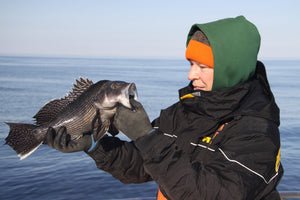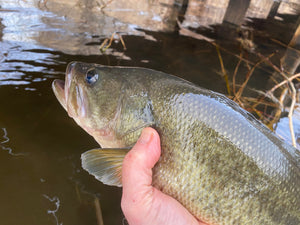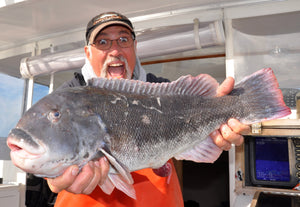FOUR SIMPLE STEPS TO UP YOUR GAME
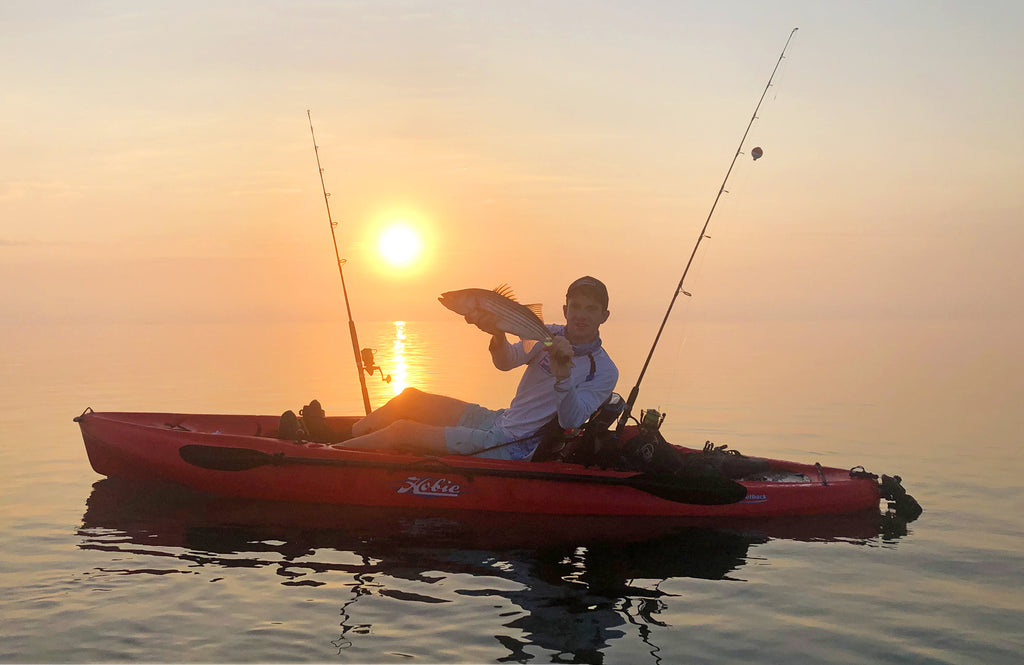
FOUR SIMPLE STEPS TO UP YOUR GAME
By Staff
There’s nothing like a fresh start and the arrival of a brand-new fishing season affords an opportunity to review last year’s progress and resolve to improve hook-up ratios in the months ahead. With just such ideas in mind, following are a few thoughts on fishing resolutions for the year ahead. These are just conversation starters; ideas to get you thinking. Take some time to mull them over and then work up your own short list. As with more traditional New Year resolutions, be reasonable, set obtainable goals and keep the list short. Jot down a few ideas and place the list in your tackle box or console storage so you’ll come across it from time to time as the season advances. Make an effort to stick to your list and your fishing success is bound to improve.
Get Out Early
It’s amazing how often even experienced anglers often come late to the morning bite. Once the sun is high in the sky the action rarely matches that of first light. If you get out on the water at 8:00 a.m. during mid-summer, you may have already missed your best chance to score. No matter where you fish, be it in freshwater or salt water, most species of game fish seem to be generally agreeable within two hours of dawn. Arriving on the scene at the crack of noon is a sure way to miss the bite. Once the sun gets above the tree lines you are fishing on borrowed time.
Make it a habit to pack your gear the night before your trip instead of the morning you’ll be heading out. That will give you enough time to rise, eat a decent breakfast, launch and get on the water without racing the sun. Packing the night before also allows you to be more deliberate and thorough, resulting in fewer items left behind.
CHALLENGE THE SNAGS
One talent shared by many top-notch anglers is an ability to cast into tight spots again and again without getting snagged. Expert anglers show no fear when presented with fish feeding deep back in the stick-ups or alongside heavy structure like rotting docks, bridge abutments or rocky points. In fact, they seem to relish the challenge of placing lures in the smallest of breaks – and it’s amazing how they manage to haul fish out of these spots without busting them off.

A willingness to challenge snags serves well no matter where you fish. This rugged Florida snook came from far back under a dark mangrove canopy. OutdoorTom.com photo.
Make it a point to attack the tangles and nastiest lairs this year. Skip that weedless jerk bait way back under the branches of an overhanging tree. Place a popper in a three-foot circle of clear water twenty yards into the weeds for largemouth bass or drop a stickbait at the back of a small indentation along a wall of threatening cattails or phragmites. Work a crab-tipped jig for blackfish in an obvious boulder field or send a bucktail meant for stripers to the edge of a train trestle, bridge stanchion or rocky point. Go ahead and skip that jerkbait w-a-y back under a quiet dock - that’s where the big ones live.
Budget some money to improve your casting because you’ll lose a lot of lures refining this skill. Buy four or five of your favorite patterns and figure that sacrificing them to the Snag God is part of the learning curve. Master this one skill – casting to tight places - and your catches of big fish will improve tremendously in the course of a season. Before heading out, however, make sure you are using a high quality abrasion resistant leader like Hi-Seas Grand Slam Mono, Seaguar Blue Label Fluorocarbon Leader Material, Seaguar Inshore Fluorocarbon Leader Material,or Momoi Diamond Presentation Fluorocarbon Leader Material because hooking-up is only half the battle.
Log EVERY Trip
Do you keep a fishing log? Most anglers don’t, at least not a detailed one. If you are really serious about improving your fishing scores, log every trip. Record the date and time you fish, what you catch, which lures or baits are used, the temperature of the air and water, wind direction, barometric pressure, water clarity, water depth, and any other parameter that you think might factor into the day’s outcome.
Keeping an accurate log book can be really helpful in revealing trends. Log enough hours and you’ll find that some waters consistently produce best in the evening while others are morning hot spots. Some areas show their treasures only on a particular moon phase or stage of the tide. There are bays and harbors that give up lunkers under clear skies and others where you’ll score best with the wind whipping hard from a certain direction. Some spots see spectacular action on approaching weather fronts or when the water is murky. There are places that produce wonderfully early in the season but grow barren as the summer progresses, and others that turn on only after weeds begin to crowd the surface.
What size and type fly or lure works best for striped bass, bluefish, false albacore, largemouth bass, trout or even slab-sized bluegill on the waters you fish through the course of the season? Jot it down as it happens and you won’t have to rediscover the patterns next year.
Keeping a log saves time in the long run, and it helps concentrate your efforts on the most productive waters under a given set of circumstances. Give it a try for a full fishing season and you’ll be amazed at the insights that can be revealed.
WORK NEW LURES

Cutting some new lures into your arsenal can bring some pleasing results. This slab bluegill smashed a Panther Martin Sonic Streamer meant for bigmouths. OutdoorTom.com photo.
Still using the same lures your Daddy threw? Same hooks and rigs, too? There are new choices available, you know. Some of them might even work better than your traditional offerings.
There are a gazillion and three lures on the market today and most of them catch fish given the right circumstances. While it’s a good idea to stick with the tried-and-true on a regular basis, cutting in a few new faces now and then can help you learn new fishing methods, present the fish with something they haven’t seen before, and breathe some refreshing new life into your fishing routine.
Freshwater anglers can consider throwing a Z-Man ChatterBait for bigmouths as the season opens in June, experimenting with large glide baits in the heat of summer, and learning to fish a Ned Rig come late fall and early winter.
On the salty side, serious fluke fans might think about using Spot Lock trolling motor capability to work the edges of channels, reefs and relatively shallow structure. Try this using a 6-inch Fishbites Fight Club Grub, 4-inch Berkley Gulp!® Saltwater Swimming Mullet or 3.5-inch Fishbites Fight Club Fightin' Shrimp to tilt the odds further in your favor.

Big fluke love shrimp and structure. Try hitting the edge of your inshore wreck or hard bottom with a Berkley Gulp!® Saltwater Shrimp impaled on a jig head and you might be pleasantly rewarded. If you have spot lock capability, be sure to use it. OutdoorTom.com photo.
Powering into the new season, make it a point to experiment with some new scented soft plastics, or try a different bucktail, stickbait, swimming plug, topwater or fly pattern. Work backwards through your tackle box occasionally, too, trying first the lures you think might be least productive. Every now and then you’ll stumble across something that really works or reconnect with an old favorite that somehow fell out of use. Such discoveries and reminders will ultimately lead you to the one simple and basic fishing resolution that should be renewed each and every year - keep it fun.
- Bryce Poyer


